None of us are a finished product. Most of the time, I’m still figuring out who I am at the heart of the matter — what I stand for, what I’m best at, to what and to whom I am best suited, and what means the most to me. This business of self-awareness isn’t easy. It isn’t for the timid or faint of heart, which is why my job can be such a challenge.
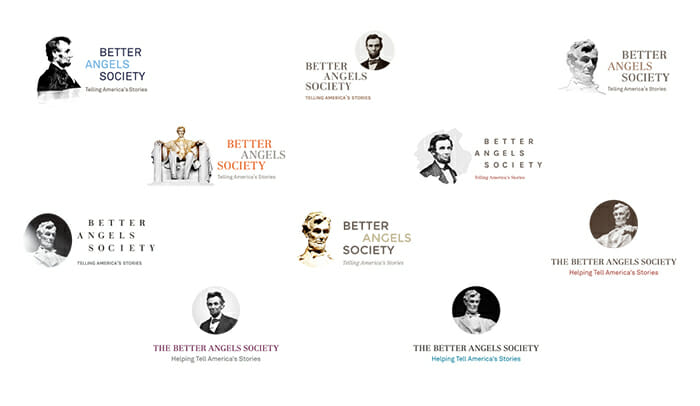
I’m in the business of helping whole organizations understand these things. Brand identity is never a façade. Rather, the brand image of an organization strikes at the heart of everything that matters. On a collective scale, it looks deeply into the DNA or spirit of a group of people, their values, their beliefs, what matters most to them. For my clients, this often comes down to what feels right.
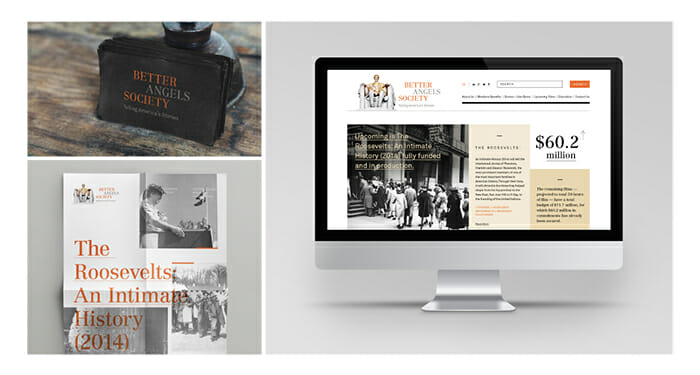
Getting at the real issue of helping an organization know who they are can be a messy business. Is it a gut instinct? And if so, who’s gut are we listening to? Will the organization be best represented by a portrait or a statue of Lincoln? Does a statue feel too staid and impersonal to serve as a defining statement for their dynamic, proactive mission, vision, and values? I’ve spent much of my career aiming to define this process and deliver a more defensible, quantifiable way to achieve the desired outcome — that enviable gushing and glowing approval from the client team, the praise of which sings, “By George, you’ve done it. You’ve perfectly captured who we are and what we stand for.”
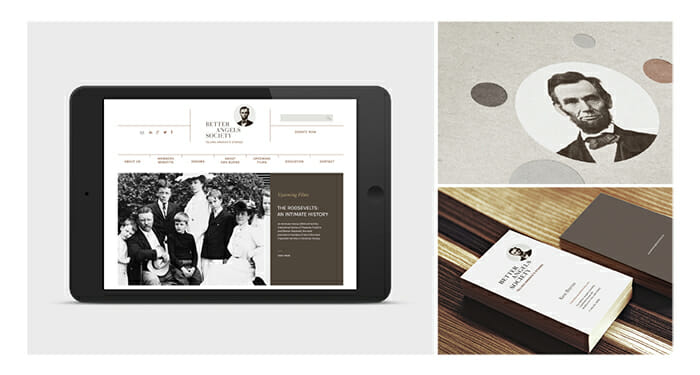
This work may appear at times like the job of a portrait painter, who is able to read and interpret the ethereal nuances of his subject, pinpoint its truly important essence, and manifest that into one simple expression of art, design, and message. However, the road to a successful conclusion is fraught with complexities and personalities and must be based on reason, with design choices grounded in clear rationales.
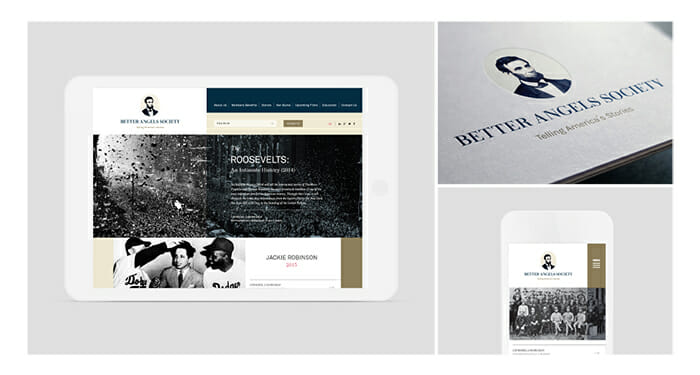
Shown here is work produced by Iridium in 2015 for The Better Angels Society. Founded by filmmaker Ken Burns, the organization was created to sponsor new documentary films and build a legacy fund for a documentary filmmaking institute, among other programs that would help tell America’s story.
In particular, this is an appropriate display of our design process. As much as I would like to think we have pioneered a scientific means whereby we can deliver a linear, glitch-free results on every engagement, the reality is that it’s often a process of trial and error. Of course, we have a methodology that we use to build consensus within the organization — I would encourage any client manager to veer far from any agency or design partner that didn’t. But as you can see here, more than 50 designs were ultimately created, most of which were left on the cutting room floor (no pun intended). For larger organizations with cultures that are consensus driven, the process needs to be all the more exhaustive and inclusive.

Ultimately, it’s the feeling or initial 3-5 second impression of the finished work that seems to be the measure of our success. There’s nothing mechanical or predictable about it. Successful brand identity, vetted almost any way that one would like, and put through as much qualitative and quantitative research as a marketer can muster, comes down to whether it feels right for the organization. Within certain predetermined parameters that guide the work (all of which can be easily defined through a reasonable process of discovery), visual systems and signature logos should be placed with a smart, relevant creative firm for a “group-think,” studio solution. More than ever, I encourage marketers and their creative teams to embrace an agile, rapid iteration approach to this process, with frequent presentations to the client decision-makers.
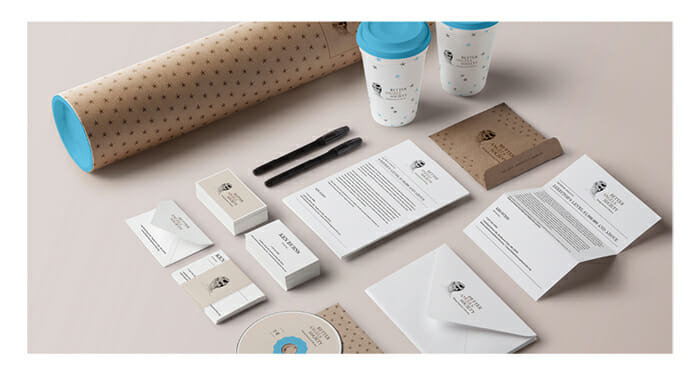
Our work for The Better Angels Society is a terrific example of concept design. It was the synthesis of many directions, all informed by a qualitative phase of diligence to help us understand the client, their audiences, key messages, overarching value proposition and channels. Most importantly, the work was delivered through a collaboration with the client, something I have always insisted on, and that I am proud to uphold.
For more information, please email me at dflinchum@iridiumgroup.com. I look forward to discussing how we might be able to reconsider your existing brand, marketing and communications, and to learn more about how we can improve on current performance across all channels.
The post The Making of an Identity appeared first on IridiumGroup.


